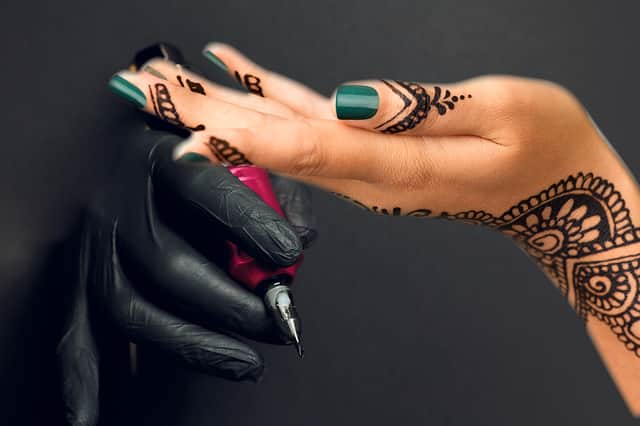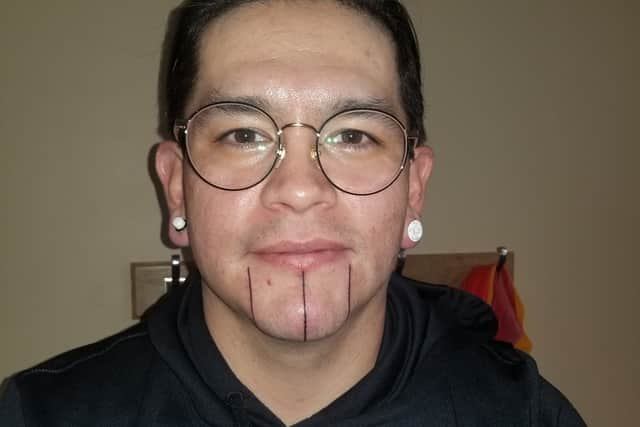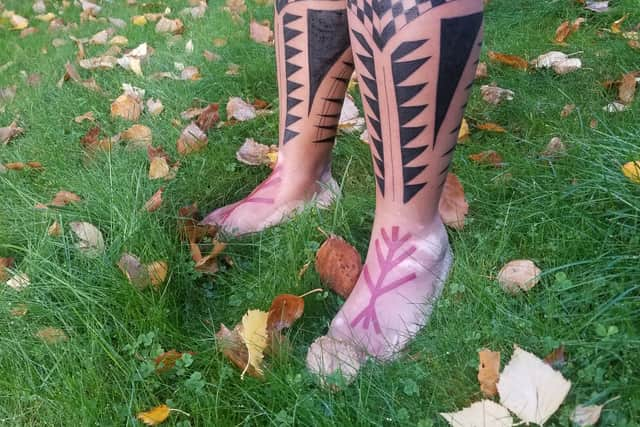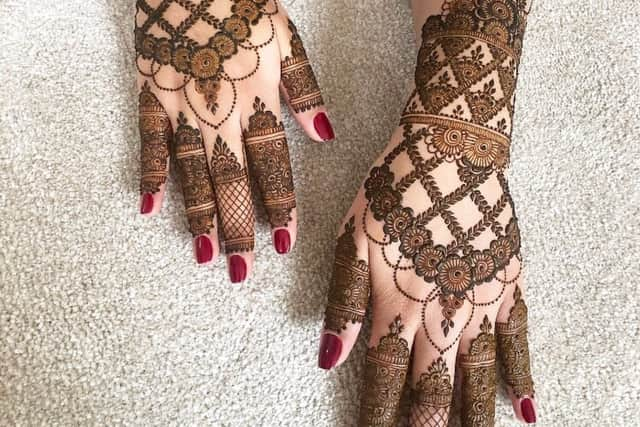Cultural tattoos: what they symbolise and how they developed from Roman times to modern day


Symbolism and sentiment are often bound together and cultural tattoos are often an embodiment of that.
In tribes and cultures across the globe, tattoos have been a traditional way to create unique emblems, to permanently mark acknowledgement and loyalty to a certain way of life or to a certain group of people.
Advertisement
Hide AdAdvertisement
Hide AdBut as the years evolved, getting a tattoo lent more towards an aesthetic purpose, and these cultural meanings began to fade. However, with more people reclaiming their heritage, cultural tattoos have started to regain their popularity.
So how have cultural tattoos developed over the years and have their meanings changed?
The history of cultural tattoos


Professor Margio DeMello is an academic and author in Montana, US, who delved deep into the anthropology of tattooing and the tattooing community of North America.
Revealing the history of tattoos she said: “the form (of tattooing) that developed in the West, was through the Romans into European civilization.
Advertisement
Hide AdAdvertisement
Hide Ad“The practice of the Romans and a lot of the other ancient classical cultures was to use branding as a way to mark, convicts, slaves and other type of status directly on the body - usually on the head.
“That was happening at the same time that indigenous cultures are using tattoos to mark, affiliation, and connection and community.
“Then we have the military, France, Germany and England, those governments who, at different times, would tattoo as a part of criminal punishment, as a way to physically mark the contract permanently.
“The age of exploration through colonialism saw sailors come into contact with indigenous tattooing who then were using those tattoos on their own bodies.”
Advertisement
Hide AdAdvertisement
Hide AdColonialism played a huge role in reshaping the world, and with it, the way people in these occupied countries developed their own society.
In the case of tribes in Canada, Dion Kaszas, an indigenous tattoo artist who began his practice in 2009, recalled the first time he realised the relationship between colonisation and tattooing: “In 2006, I went into a tattoo parlour to get some work done on my right sleeve.
“As I was sitting there, I saw this little tiny booklet called Tattooing face and body painting of the Thompson Indians - Nlaka’pamux is our word for ourselves to Thomson Indians is a word or a title that was given to us by anthropologists.
“This little booklet was about our tattooing practice, and at that time, I didn’t realise that we had an extensive tattooing practice because colonisation has done such a good job in erasing this knowledge and understanding.”
Advertisement
Hide AdAdvertisement
Hide AdWhat do cultural tattoos symbolise?


For Kaszas, each symbol he tattoos has its own meaning, but the aspect of having a cultural tattoo connects the current generation with their ancestors. He said: “Our markings show a celebration of our ancestors’ resilience. It was those ancestors who prayed and cried and struggled so we could be here today.”
But how does he get the inspiration to create tattoos that resonate with their ancestors? He says: “I’m starting to develop what I’m calling into Nlaka’pamux Blackwork. I’m going into the museum collections, looking at our painted clothing and stretching those out to fit the full body.
“I also do hand poke and skin stitch tattooing, which uses deer bone. But I only use those for very special tattoos, such as coming of age.”
But the actual motif or symbol used is unique to every person. Dion explains: “designs and symbols and motifs are given through a vision or a dream, or they’re given to me in a dream or in the process that I go through to get those designs to ask for help to get the right patterns.
Advertisement
Hide AdAdvertisement
Hide Ad“Each person is different, each person is unique, but I usually try to ask a simple question. Who are you and how are you connected to this tattoo? They need to have rights, relationship and responsibility to that design, motif or pattern.”
What about temporary cultural tattoos?


Sarah Zia is a South Asian Henna artist based in London. Henna is often associated with South Asian heritage, and is a temporary method of getting traditional designs to stain your skin.
Ms Zia said: “In a lot of South Asian countries when someone gets married, that’s when they apply henna. From what I heard, the whole reason for applying henna was because on the day, the bride is usually very stressed out and henna cools you down.
“So pre-designs, they would apply henna as a little black blob - it helped the bride cool down.
Advertisement
Hide AdAdvertisement
Hide Ad“I think now it’s now applied because its really pretty on your hands and it’s more of a cultural thing than a significant reason. It’s become associated to Eid festivities and celebrations.”
Ms Zia mentioned another form of henna called Jagua which comes from the Genipa Americana tree, found in the jungles of South America, showing this method of tattooing did not solely come from South Asia and henna designs are not limited to just South Asian culture.
She says that although the tradition may have begun in South Asia, it shouldn’t just be limited to that culture: “part of me is happy to see that something that we take so much pride in, that we love adorning our hands with also have an interest in.
“For example, Rihanna has henna designs actually tattooed onto her hand and it just shows something that brings everyone together as all have similar interests. We all could be from different backgrounds but we do like similar things.”
Comment Guidelines
National World encourages reader discussion on our stories. User feedback, insights and back-and-forth exchanges add a rich layer of context to reporting. Please review our Community Guidelines before commenting.
